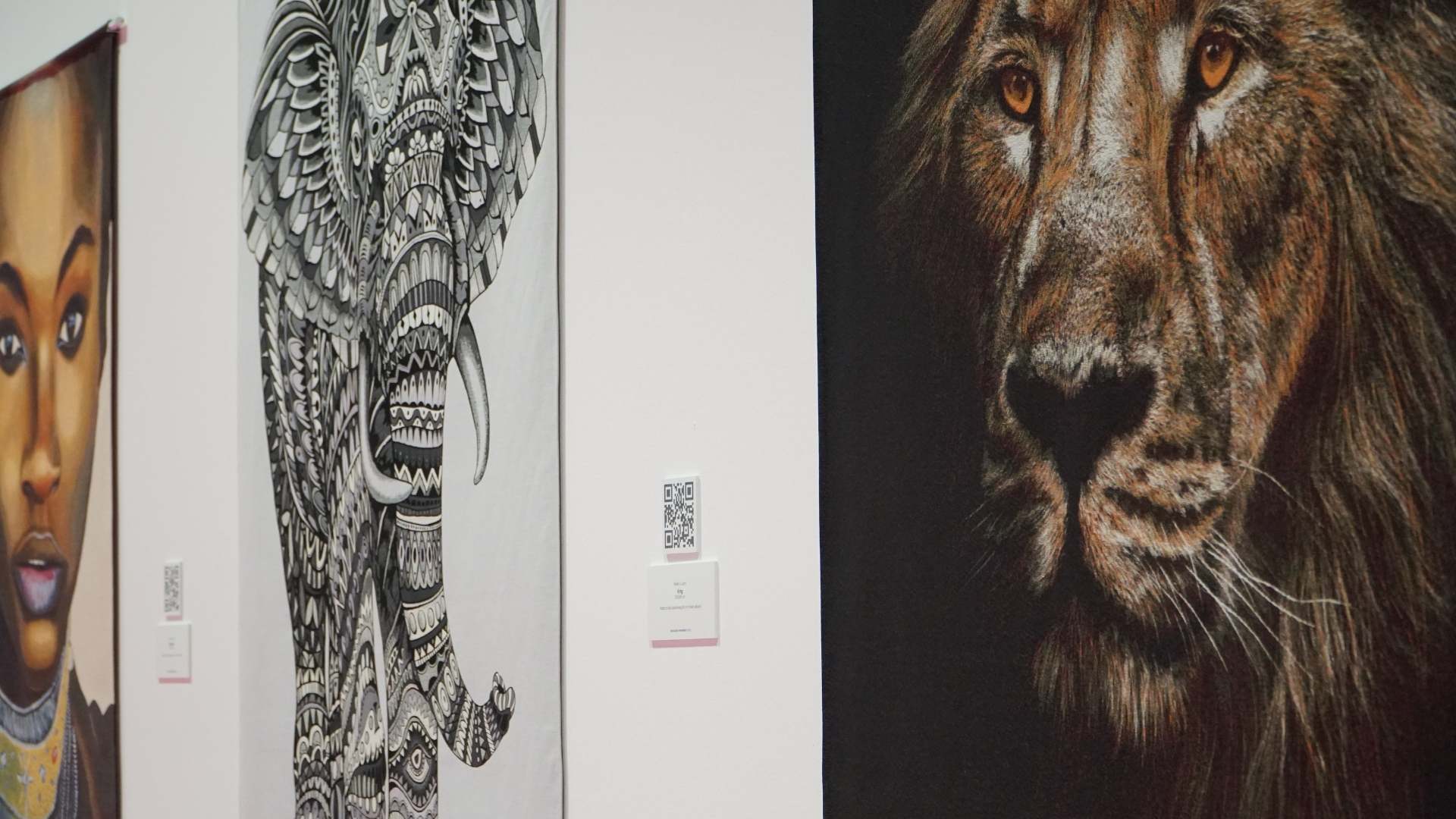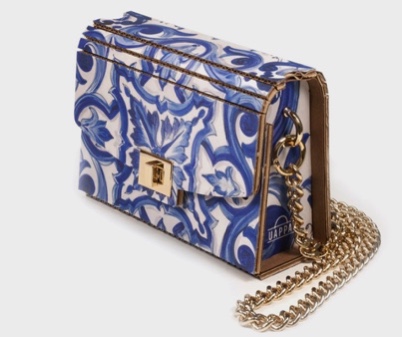Milan, 2622 ,: Packaging Premiere, the luxury packaging exhibition fair.
As every year, we were invited and participated as visitors at one of the most dynamic and important fairs in the Italian packaging scene: Packaging Premiere, the exclusive exhibition dedicated to those who create packaging for the luxury sector.
As in every field, the Luxury niche always offers insights into what will be the trends of the coming season.
From “beauty” packaging to those dedicated exclusively to the fashion world, the key word that seems to embrace every branch of the industry is quite clear: Eco Sustainability.
There were many conferences that revolved around this theme; to mention a couple of them ´paper and plastic for in eco-sustainable luxury packaging´ and ´the world of wild packaging and the benefits of activated carbon´.
The days of May 24 are thus always an opportunity to get an overview of what will be the directions taken by the major players in packaging.
Among the more than 242 Exhibition Spaces, two caught our attention in particular:
Favini -a historic company from Verbania (Italy) with 30 years of experience in the field of circular economy- that proposes a type of paper, crush coconut, where the residues of coconut processing go to replace a part (up to 15%) of virgin tree cellulose, thus going to compose a paper as environmentally friendly as possible (obtained moreover from more than 40% of reused material).
Corvasce Eco Design:
Focused on sustainable packaging for more than 30 years, this year they decided to adorn their exhibition space with their “Unconventional Bags“; a collection of Bags and containers made entirely of pure cellulose cardboard, making them so water-resistant and thus “usable” as real bags.
The company also offers a series of furniture items (even tables and chairs) made by the same process.
These are just some of the proposals totally directed towards an eco-sustainable production that give us a fairly clear overview of what is the present and future of packaging:
eco-friendly and increasingly low environmental impact products are no longer just an alternative, but now represent a real trend, which in all likelihood will leave “behind” the companies that will not be able to follow it and, above all, will precede the companies that will act as standard-bearers by finding sustainable and at the same time innovative solutions.




